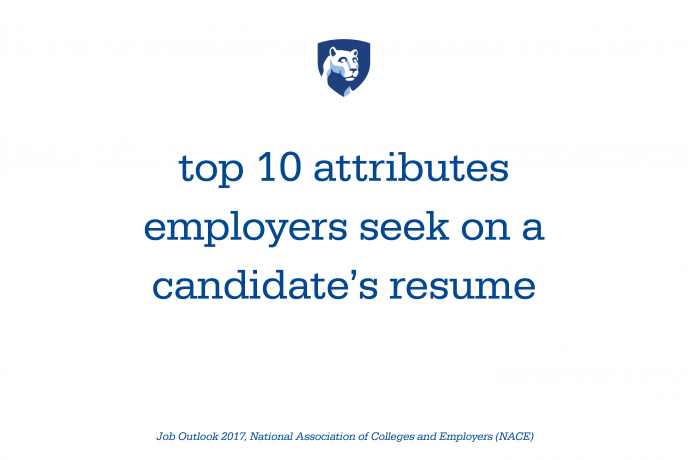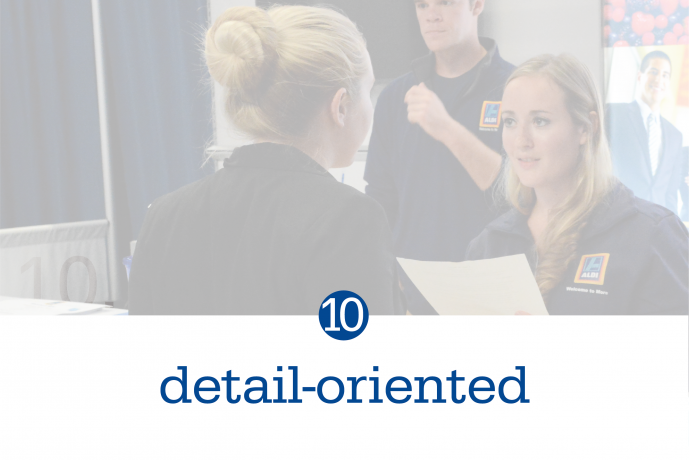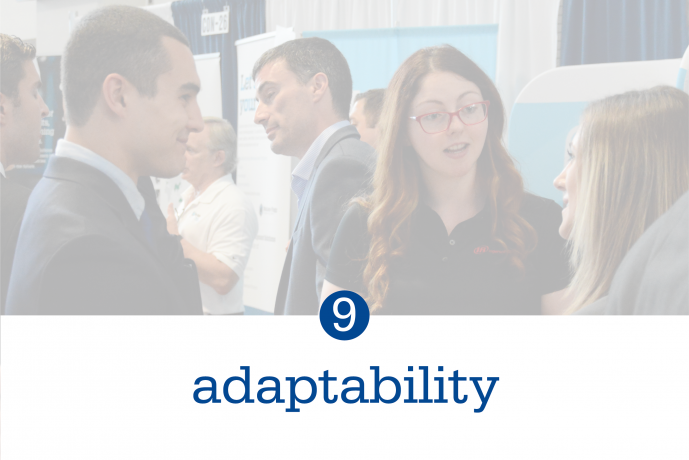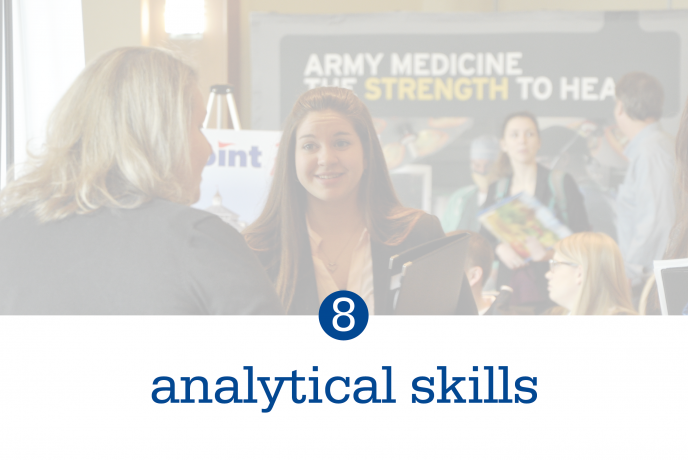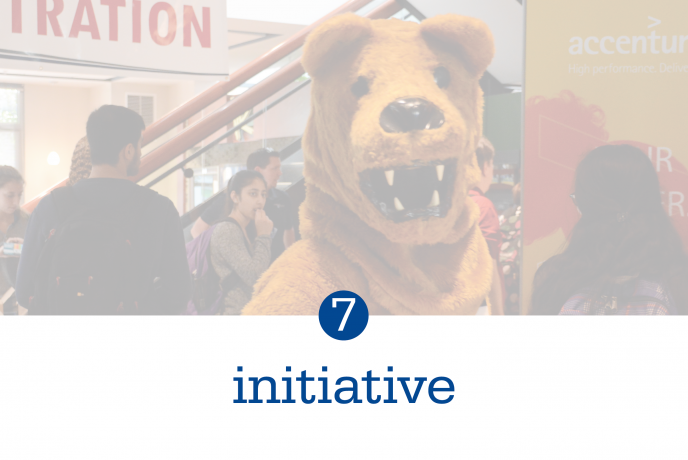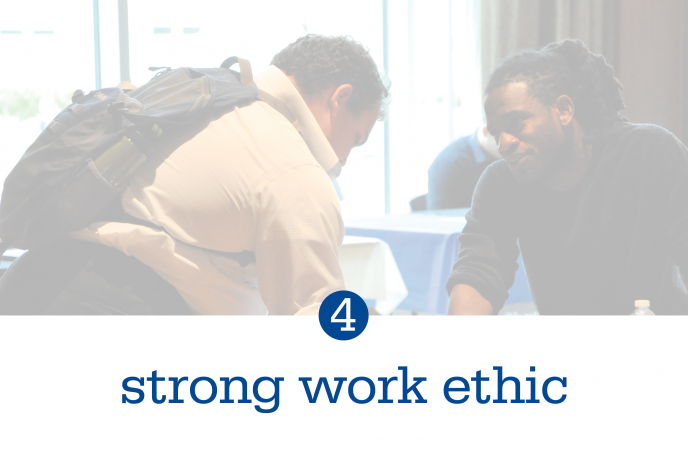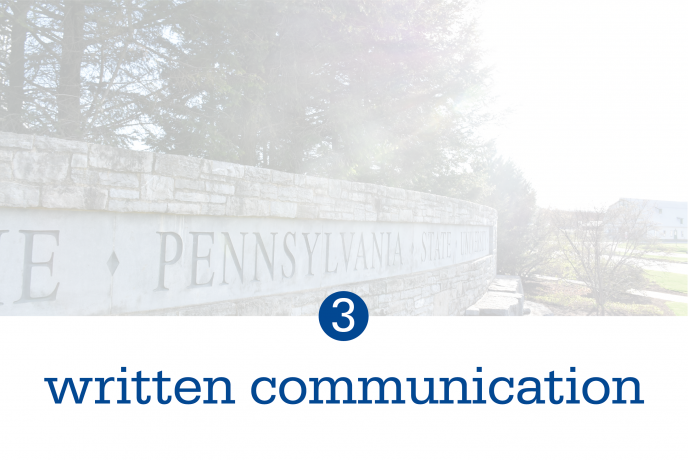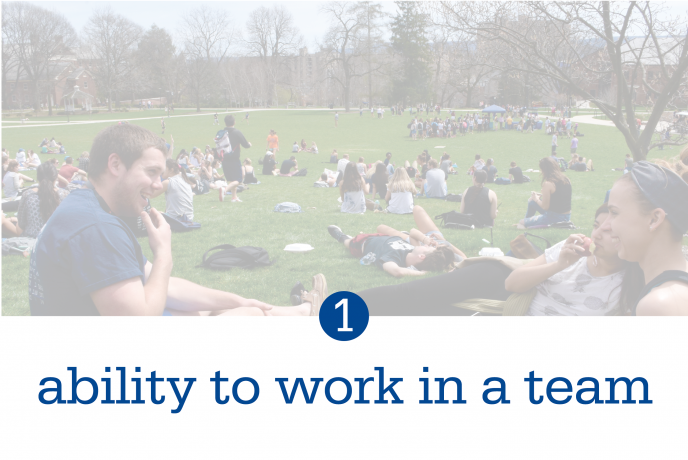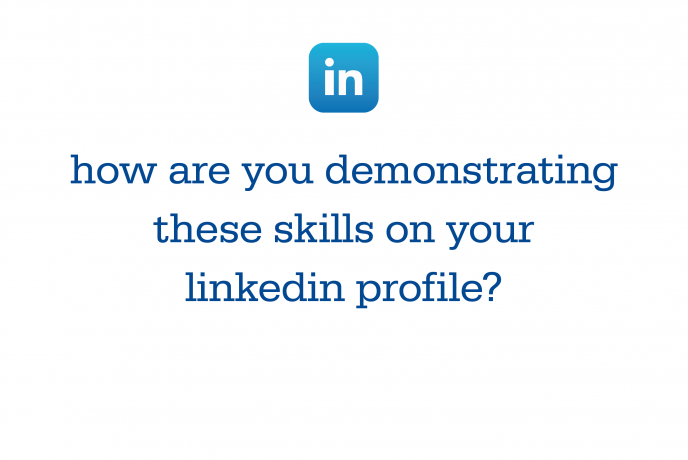Using LinkedIn
LinkedIn is a powerful tool for networking and advancing your career. Not only does it function as a digital resume, LinkedIn allows you the ability to connect with organizations you are interested in, stay up-to-date on industry trends, and find fellow professionals to network with.
Digital Resume
LinkedIn provides a platform for you to digital share all that you would include on your resume. Treat it as an actual resume and provide details for each experience. Upload class projects, presentations, or publications to highlight your skills and include key factors that employers look for like volunteer experience and team-oriented projects.
Join Groups
Most organizations, professional associations, and interest organizations, have functioning groups on LinkedIn. Join these to stay current with industry information, learn about potential job opportunities, and find others with career paths of interest to you.
Connect with Penn State faculty, staff, and current students, too. Use LinkedIn to find peers with similar interests, professional organizations, or network with faculty and staff.
Find Contacts
Connect with Penn State alumni to grow your network or search for those working at an organization of interest to you. Network with a purpose and make sure to connect in a meaningful way rather than just adding people at random.
Components of a LinkedIn Profile
A LinkedIn profile is incredibly similar to a resume. The digital space allows you to expand slightly on your skills and experiences as well as share materials from class projects and presentations, if relevant.
-
Use a plain background with business attire. Your photo can also reflect a desired position as long as your face is clearly visible and the photo is appropriate.
-
Be concise. Employers should know what you are looking for right away.
-
Describe what motivates you, what you are skilled at, what is next in your career journey, or what opportunities you are looking for.
-
List all work experiences, including part-time, along with what you accomplished during each. If you have them, photos or examples of projects are a great addition.
-
Start with your college experience that is the most recent. High school should not be listed on your profile if you are a junior or senior seeking a professional position or internship.
-
Make sure to include anything that shows a cause important to you. Employers often look for students that are involved in service projects.
-
Add at least 5 key skills. Keep them relevant to your professional skills. Your connections can endorse you for the things you do best.
-
Ask managers, professors, or classmates that you have worked closely with to submit a recommendation. This adds immediate credibility to your skills and endorsements.
-
List any courses that you have taken that apply to your job search. Include a brief overview of the class and what you learned.
-
Include any leadership positions you may have held and indicate what you have done in each organization. This is a great place to share professional organizations and your personal interests.
Managing Your Online Brand
Social media provides great opportunity to connect with employers and contacts but can also impact your personal brand if left unattended.
Be Social
Use social media to follow and interact with organizations you are interested in. Most organizations post about new initiatives, campaigns, or news via social media. Use this knowledge in an interview to show your understanding of the organization and initiative.
Show your Creativity
Have a great project that would be a great visual? Need a place to share a body of work? Consider creating an online portfolio or website to easily share and highlight your skills. Create a website at Penn State or use an online provider to build it yourself. Make sure to include your contact information and include on your resume or Linkedin profile.
Check-in on your Brand
Google your name occasionally and make sure that older, inactive profiles have been deleted. Never assume that an employer will not look for your online presence.
If you use your accounts for personal purposes don't feel pressure to connect with others from a professional setting. Set guidelines for yourself and your accounts and stick to those.


